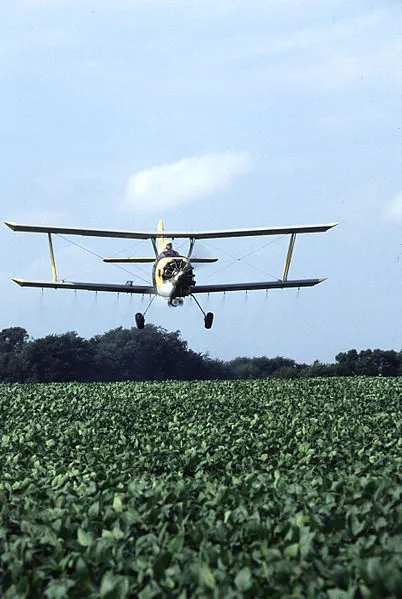Pilot Alive After Willows Crop Duster Crash
I’m Ed Smith, a Sacramento crop duster accident attorney. On December 27, 2016, a crop duster crashed into a field near the Willows-Glenn County Airport. The pilot was not injured and the Federal Aviation Administration (FAA) will investigate the cause of the accident.
Details of What Happened
At approximately 3:54 p.m. on December 27, 2016 a Cessna aircraft apparently lost engine power while on approach to the Willows-Glenn County Airport. The pilot, identified as 30-year-old Taylor Michaud, subsequently landed the crop duster in a nearby wheat field.
Upon touching down in the field, the plane flipped over to then rest on its top. Michaud then exited the aircraft and declined medical attention after rescue crews arrived.
The California Highway Patrol (CHP) received initial 911 calls about the accident at 3:50 p.m. The CHP, Glenn County Sheriff’s Office, and Nor-Cal Emergency Medical Services (EMS) responded.
Investigation Into the Cause of the Accident
The FAA has not started its investigation into the cause of the accident because it is a non-injury crash. These crashes are considered a low-priority for investigators, especially during the holiday season when many federal agencies are short-handed.
The FAA will investigate the accident, in case it reveals a larger aircraft or airport problem. The crop duster has been moved to a hangar at the Willows-Glenn County Airport to await FAA investigators.
Potential Causes of the Accident
An airplane can lose engine power for a variety of reasons. The foremost cause, especially with smaller aircraft, is a lack of fuel. However, based on the crop duster’s proximity to the airport at the time of the crash, this is unlikely. If the aircraft ran out of fuel, the pilot would likely have been able to glide the airplane.
Therefore, the two most likely causes of the crash are engine malfunction or a stall. An engine malfunction can be caused by both faulty parts and poor maintenance, among other things. If faulty airplane parts caused the engine to fail, the part manufacturers would be liable for any damages sustained by a pilot in a crash.
If a stall caused the crash, the engine did not actually lose power, but rather the wings lost their lift. This is a common occurrence during landing, as pilot’s often lose their focus while on approach to a landing strip. Consequently, the plane loses too much speed, decreasing the lift necessary for the plane to operate and causing the aircraft to crash. To observers on the ground, a stall will often look the same as lost engine power.
Common Injuries in Crop Duster Accidents
No matter the cause of the accident, the pilot was fortunate to be unharmed. Many crop duster accidents are fatal and those that are not, often result in catastrophic injury to the pilot. Most pilots engaged in a crash suffer broken legs and abdominal trauma.
In crashes like this where the plane overturns after the crash, many pilots also suffer head injuries and debilitating spine and neck injuries.
Related Articles by Ed Smith:
Northern California Airplane Crash Attorneys
I’m Ed Smith, a Sacramento crop duster accident attorney. If you are injured in a crop duster accident, please call me at (916) 921-6400 for free, friendly advice. You may also reach me toll-free at (800) 404-5400.
Helping Northern California residents with their personal injury and wrongful death claims for more than 33 years.
Read some of my customer and peer ratings on Yelp, Avvo, and Google.
I am a member of the Million Dollar Advocates Forum. The group consists of top trial attorneys in the United States with case verdicts and settlements in excess of 1 million dollars.
My Past Case Settlements and Verdicts.
Image attributions: Wikimedia commons
:kw

